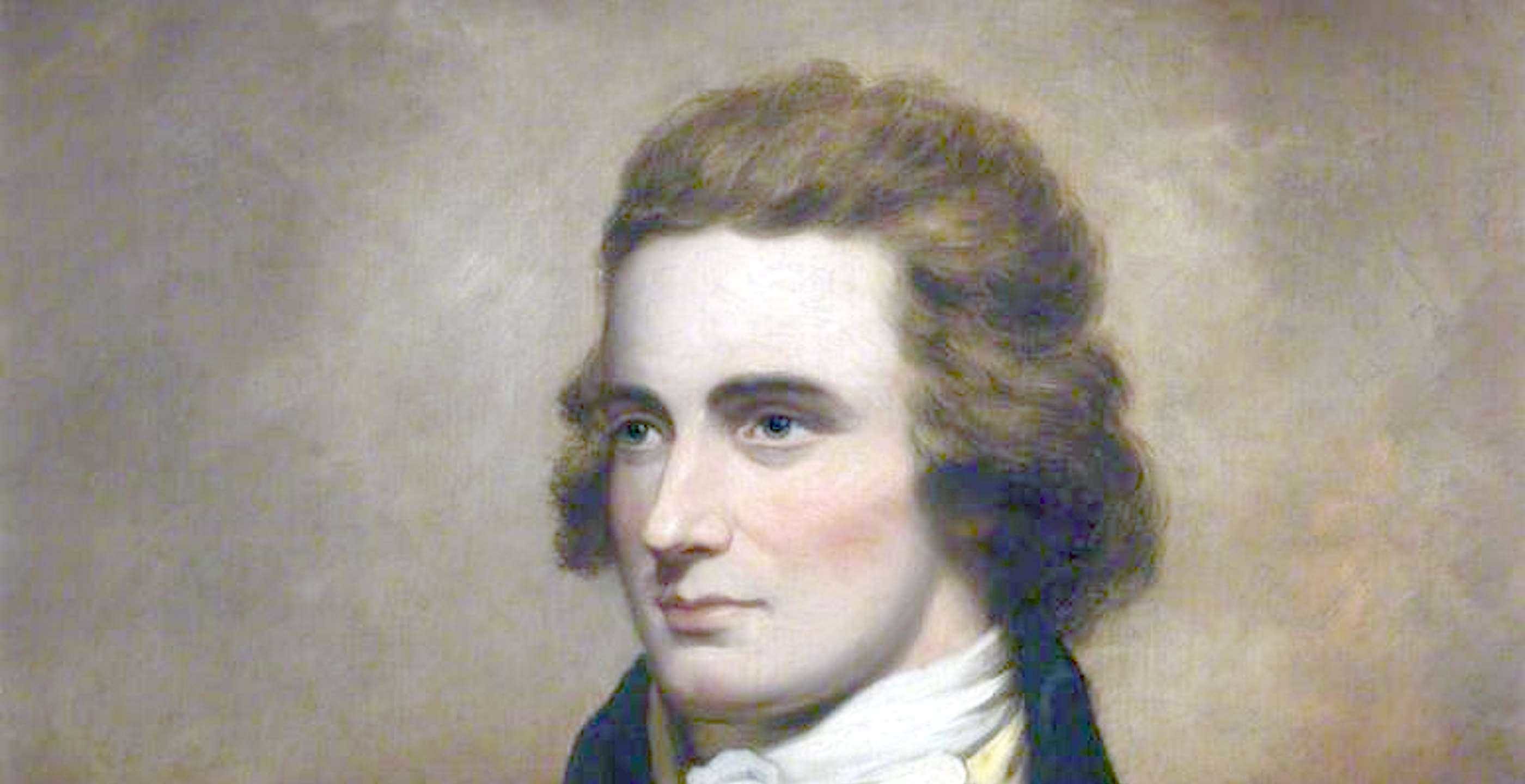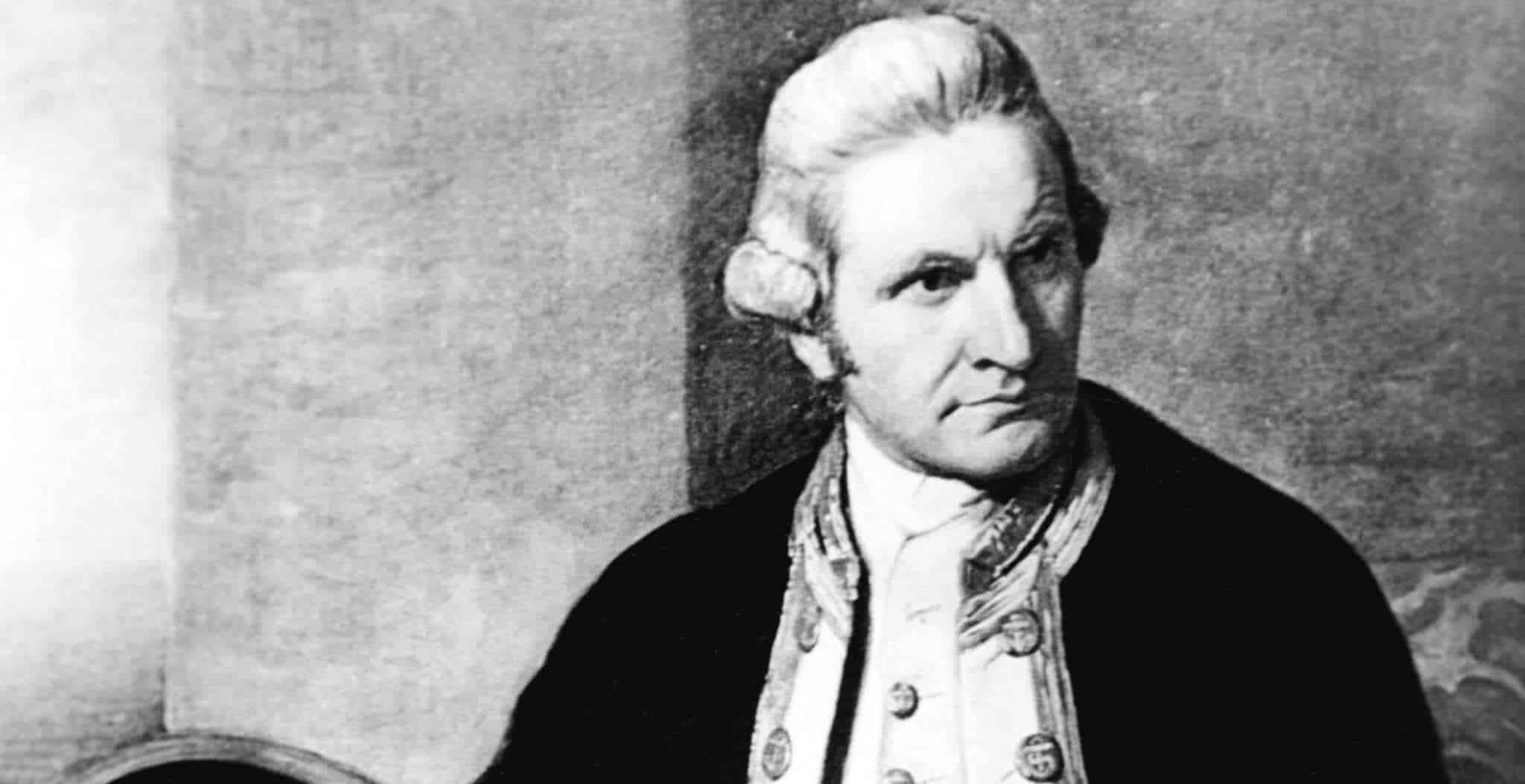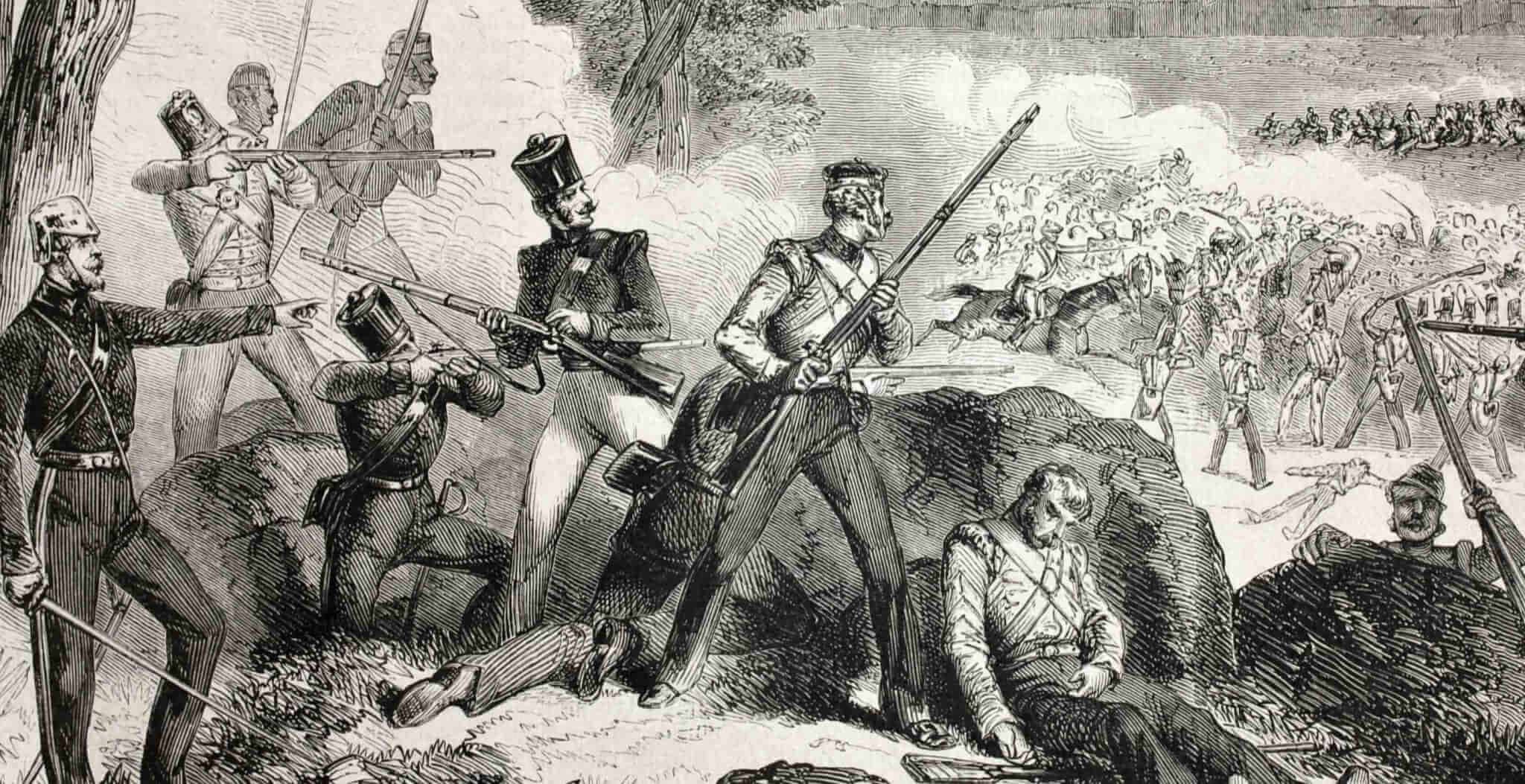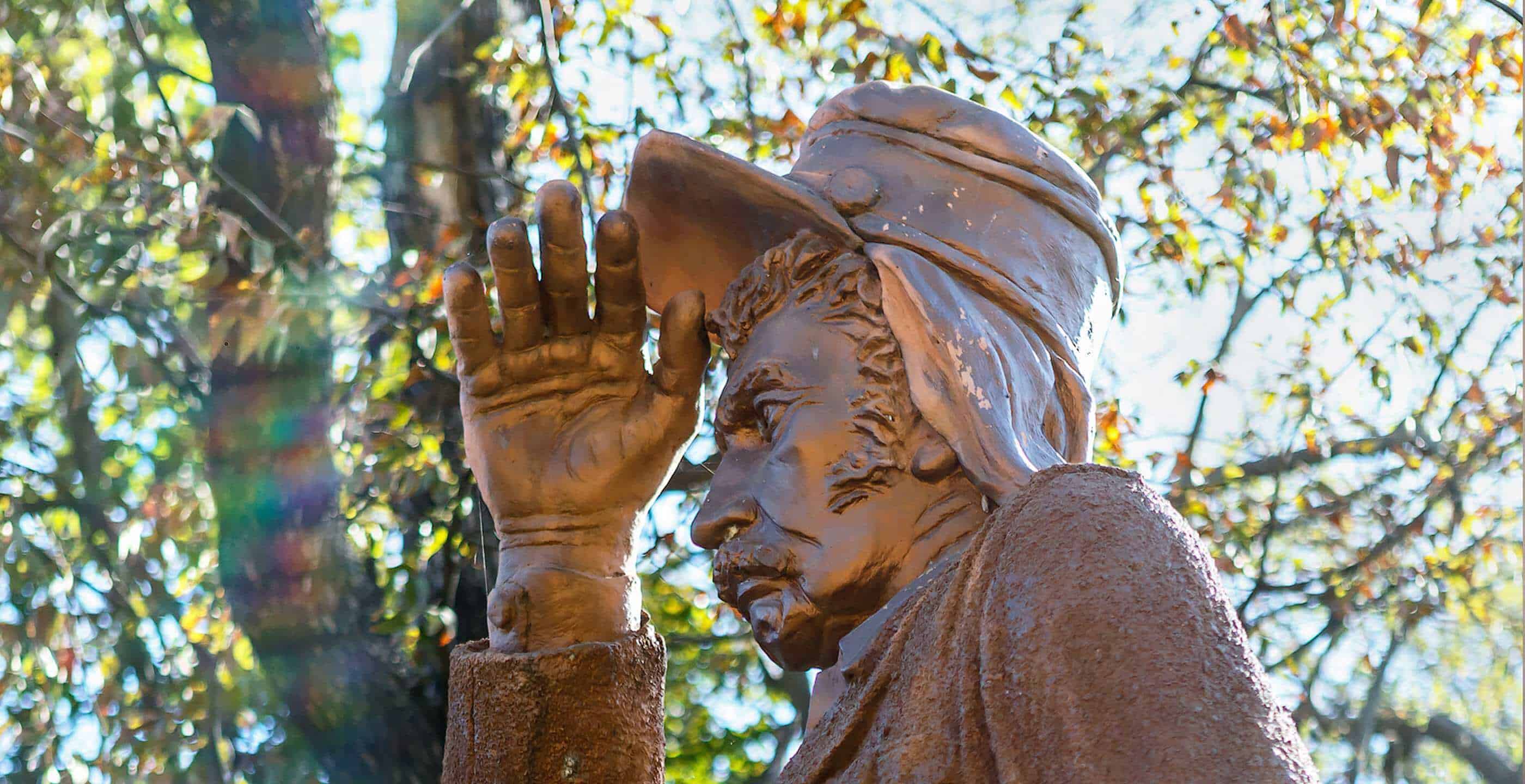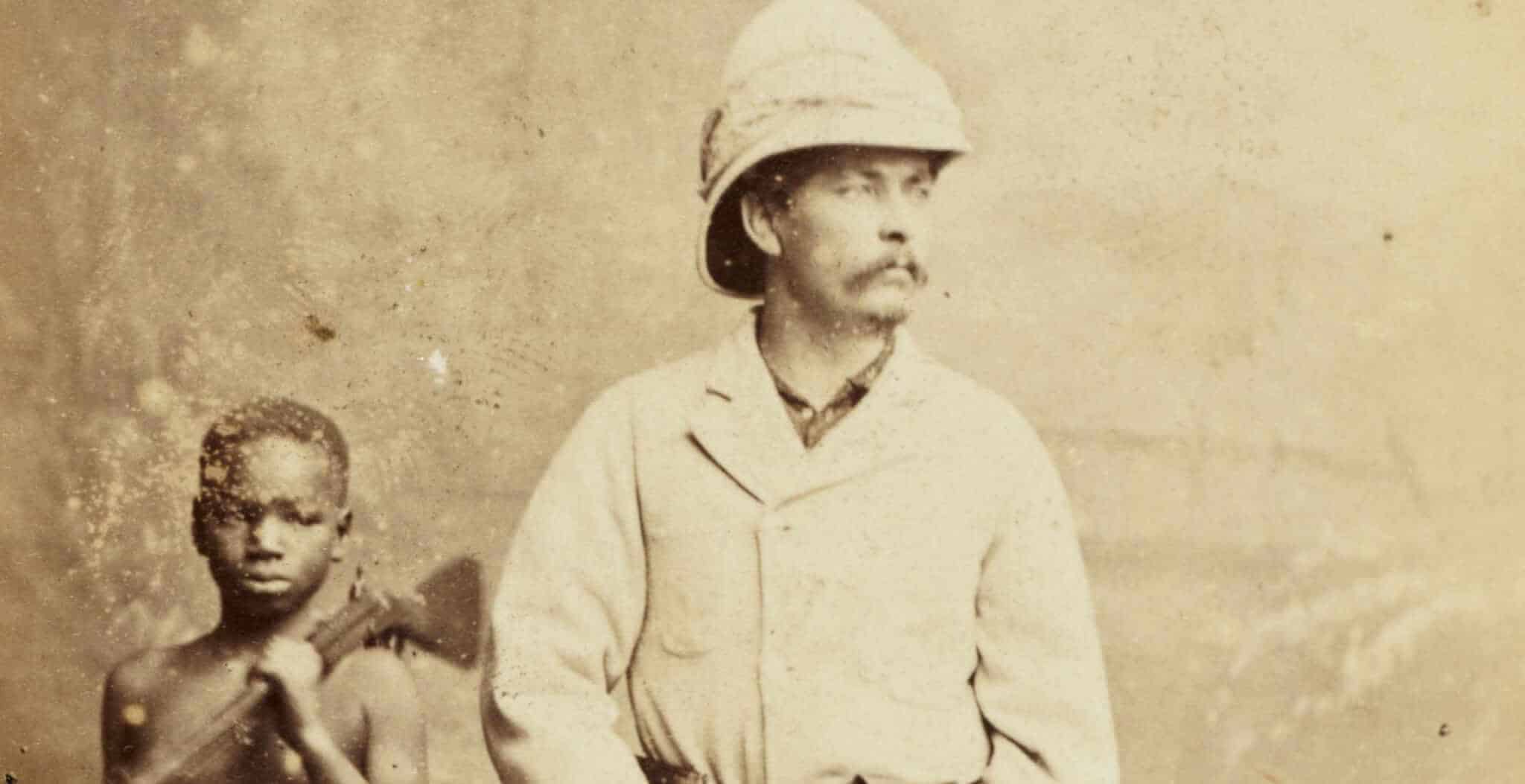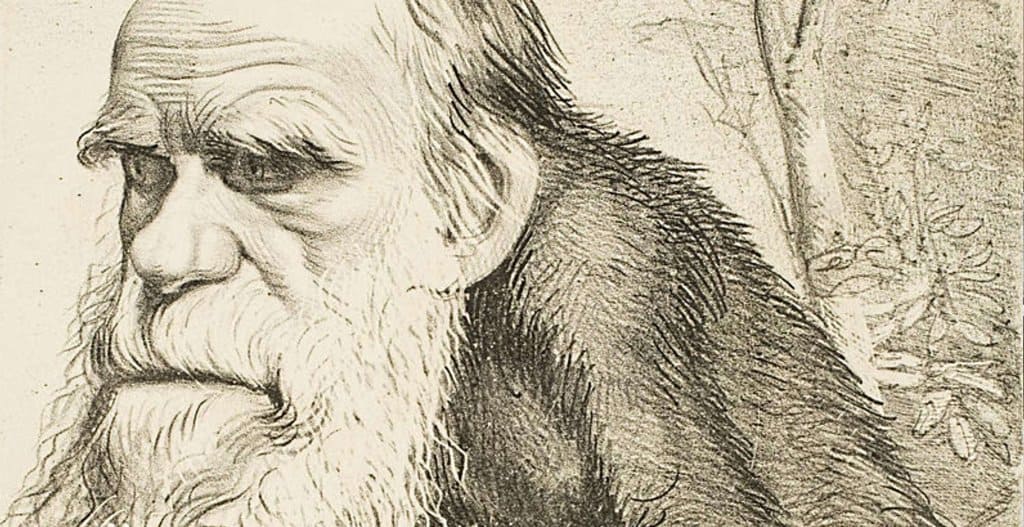Mungo Park was an intrepid and daring traveller and explorer, hailing originally from Scotland. He explored West Africa during the tumultuous 18th century, and was actually the first Westerner to travel to the central part of the Niger River. Throughout his short life he was imprisoned by a Moorish chief, suffered untold hardships, travelled thousands of miles within Africa and around the globe, succumbed to fever and folly, and was even mistakenly presumed dead. His life may have been short but it was filled with daring, danger and determination. He is righty remembered as an explorer among the ranks and caliber of Captain Cook or Ernest Shackleton. The son of a tenant farmer from Selkirk, what was it that drove Park to travel so far from the salty shores of Scotland into deepest, darkest, Africa?
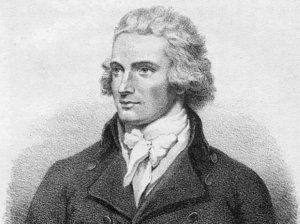
Mungo Park was born on 11th September 1771, and died in 1806 at the incredibly young age of 35. He grew up on a tenant farm in Selkirkshire. The farm was owned by the Duke of Buccleuch, incidentally one of the ancestors of the inimitable fictional character of Nick Caraway, confidante and friend to the enigmatic Jay Gatsby in F. Scott Fitzgerald’s famous work, ‘The Great Gatsby’. Who knows what made Fitzgerald choose the Duke of Buccleuch as Caraway’s distant Scottish antecedent?
But the real duke was no less important, as he was landlord to the young Park who, at 17 years old, abandoned the family farm to pursue his education and attend the renowned University of Edinburgh. It is undoubtedly not a coincidence that the soon-to-be-famous Park was studying at the University of Edinburgh during the Age of Enlightenment in Scotland. Some of Park’s earlier contemporaries at the university included, whether as students or faculty, such famous Scottish thinkers and philosophers as David Hume, Adam Ferguson, Gershom Carmichael and Dugald Stewart. It is undeniable that this university produced some of the most important thinkers, explorers, adventurers, inventors, scientists, engineers and doctors of the time. Park was to join these ranks both as a doctor and as an explorer. Park’s studies included botany, medicine and natural history. He excelled and graduated in 1792.
Having finished his studies, he spent the summer doing botanical fieldwork in the Scottish Highlands. But this was not enough to sate the curiosity of the young man, and his gaze turned eastwards, to the mysterious Orient. Mungo joined an East India Company ship as surgeon and travelled to Sumatra, Asia, in 1792. He returned having written papers on a new species of Sumatran fish. With his passion for botany and natural history, he shared many of the characteristics of the naturalist Charles Darwin, who was to follow him some years later. What is clear about Park’s experiences of nature in Sumatra is that they clearly ignited a passion for travel within his soul and set the course of the rest of his courageous and audacious life. To put it another way, it was in Sumatra that the seed of exploration and adventure was planted, and travel and discovery became firmly rooted within Park’s intrepid heart.
In 1794 Park joined the African Association and in 1795 he set sail aboard the aptly named ‘Endeavour’ to the Gambia, in West Africa. This trip was to last two years and test all of Park’s resolve and reserve. He travelled some 200 miles up the Gambia River, and it was on this voyage that he was captured and imprisoned for 4 months by a Moorish chief. The conditions of his imprisonment can only be imagined. Somehow, he managed to escape with the help of a slave-trader, but further disaster was to befall him when he succumbed to a serious fever and only just managed to survive. On his return to Scotland in December 1797, after two years of travelling, including his return journey going via the West Indies, he had actually been presumed dead! Park greatly surprised everyone by returning relatively unscathed!
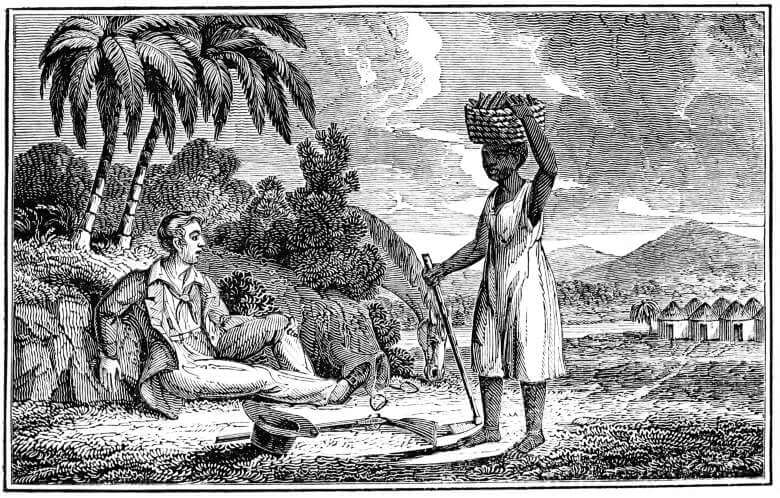
He also did not return empty-handed, having catalogued his epic journey in a work that quickly became a bestseller of the time. It was entitled ‘Travels in the Interior Districts of Africa’ (1797) and as well as being a journal of his experiences and the nature and wildlife he encountered, the work also commented on the differences and similarities between Europeans and Africans, and while noting physical differences, made the point that as humans, we are essentially the same. Park writes in the preface, “as a composition, it has nothing to recommend it but truth. It is a plain unvarnished tale, without pretensions of any kind, except that it claims to enlarge, to some degree, the circle of African geography”. The work was a wild success, and established Park’s credentials as an expert on West Africa and intrepid explorer.
Mungo then lived relatively quietly for a short while, moving to Peebles in the Scottish Borders in 1801, having married in 1799. He practiced medicine locally for two years, but his wanderlust remained undaunted and his heart remained in Africa.
In 1803 he succumbed to this longing, when the government requested he launch another expedition to West Africa and in 1805 he returned to the continent he had missed so much. He sailed back to the Gambia, this time determined to trace the river all the way to its end on the western coast. The voyage was beset by ill-omens from the very beginning however. Although setting out with around 40 Europeans, when they reached Africa on August 19th 1805, after a bout of dysentery had devastated the ship, there were only 11 Europeans left alive. This did nothing to deter him however and on a boat fashioned from repurposed canoes, he began to traverse the river with eight of his remaining companions.
He travelled over 1000 miles, all the while repelling attacks from both aggressive natives and voracious wildlife. In a letter to the head of the Colonial Office penned on route, he wrote: “I shall set sail for the East with the fixed resolution to discover the termination of the Niger or perish in the attempt. Though all the Europeans who are with me should die, and though I were myself half dead, I would still persevere, and if I could not succeed in the object of my journey, I would at least die on the Niger.”
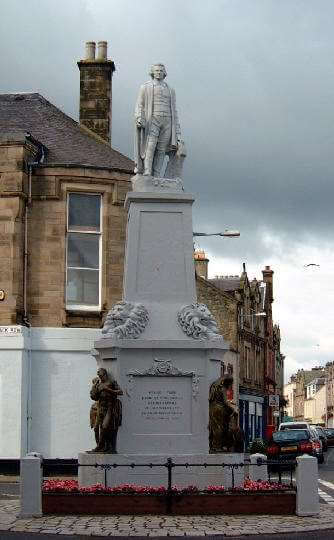
As it turns out, Mungo Park, explorer, adventurer, surgeon and Scot, was to get his wish. His small canoe was finally overwhelmed by a native attack and he drowned in the river that he had loved so much in January 1806, at just 35 years of age. His remains were said to have been buried on the banks of the river in Nigeria, but whether this is really true or not is likely to remain a mystery. What is undeniable however, is that Mungo Park met his end the way he would have wanted to, swallowed whole by the Niger River in Africa, an explorer to the last.
By Ms. Terry Stewart, Freelance Writer.
